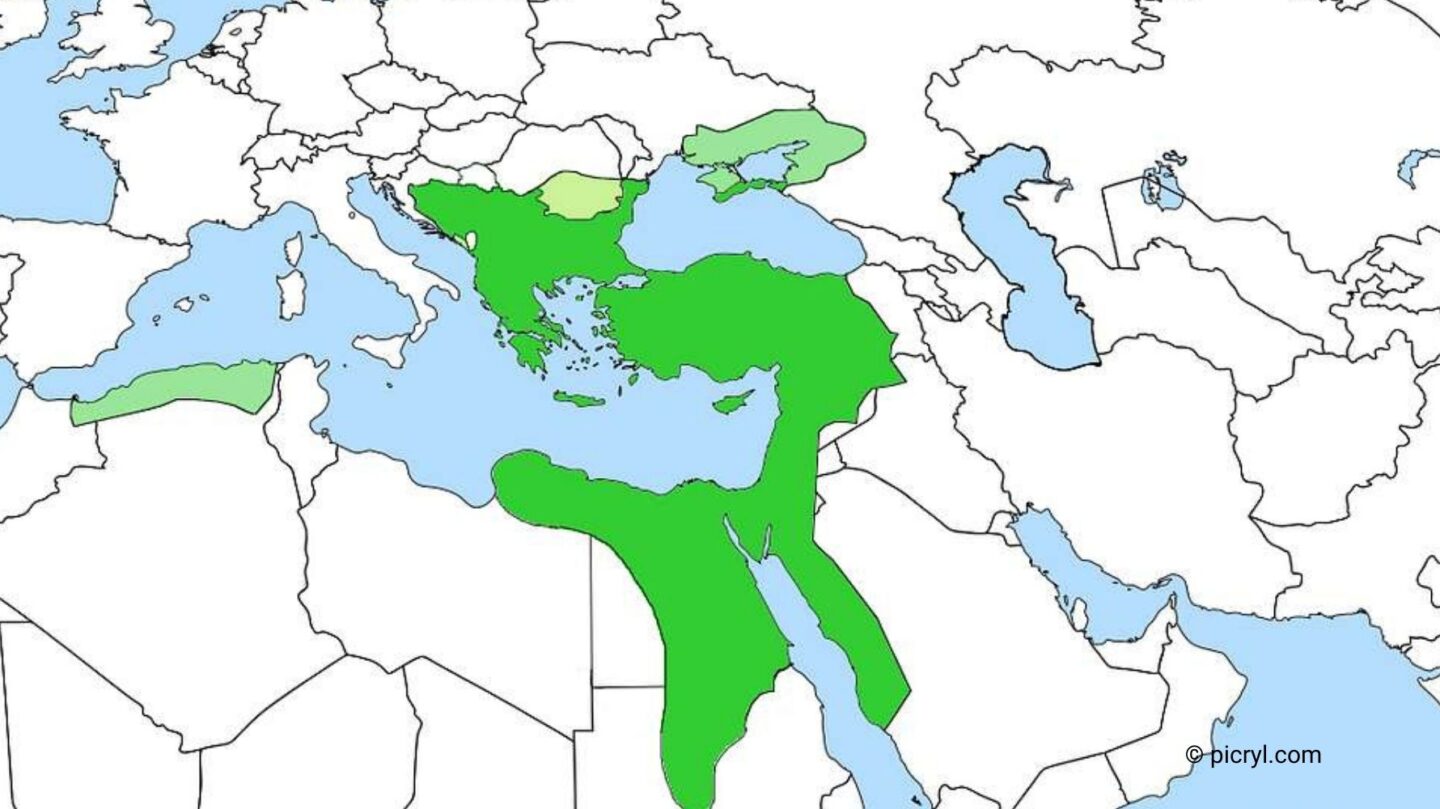Humble Beginnings on the Anatolian Frontier
The Ottoman Empire, one of history’s most enduring and influential empires, began modestly as a small group of nomadic Turks in the late 13th century. Founded by Osman I in the Anatolian region, the Ottomans started as a principality among many in the fragmented remnants of the Seljuk Empire. Their strategic location on the border between the Byzantine Empire and the Muslim world positioned them for expansion.
Osman’s successors capitalized on this position, adopting a policy of territorial conquest and assimilation. By combining military prowess, diplomacy, and a commitment to Islamic principles, the Ottomans steadily expanded their influence, evolving from a frontier state into a burgeoning empire.
The Conquest of Constantinople: A Turning Point
One of the defining moments in Ottoman history came in 1453 when Sultan Mehmed II, known as “Mehmed the Conqueror,” captured Constantinople. The fall of this Byzantine stronghold marked the end of the Eastern Roman Empire and established the Ottomans as a dominant power in the region.
Constantinople, renamed Istanbul, became the empire’s capital and a vibrant center of culture, trade, and administration. Its strategic location at the crossroads of Europe and Asia allowed the Ottomans to control key trade routes, further cementing their economic and political dominance.
The Golden Age: Suleiman the Magnificent
The Ottoman Empire reached its zenith under the reign of Suleiman the Magnificent (1520–1566). Known for his military conquests and legal reforms, Suleiman expanded the empire’s borders to include much of Southeast Europe, the Middle East, and North Africa. Major victories, such as the capture of Belgrade and Rhodes, demonstrated the empire’s military might.
Suleiman was also a patron of the arts and architecture, ushering in a cultural renaissance. The iconic Süleymaniye Mosque in Istanbul and advancements in literature, calligraphy, and music are testaments to this golden age. His legal reforms, which streamlined the empire’s judicial system, earned him the title “Lawgiver” in the Islamic world.
A Multicultural Empire
One of the Ottoman Empire’s defining characteristics was its ability to govern a diverse population. Encompassing various ethnicities, religions, and languages, the empire adopted a system of governance that allowed a degree of autonomy for its subjects. The millet system granted religious minorities, such as Christians and Jews, the right to manage their own communal affairs in exchange for loyalty and taxes.
This pragmatic approach helped maintain stability and unity across the empire’s vast and diverse territories. However, it also created social hierarchies and tensions that would surface in later centuries.
Challenges and Decline
By the 17th century, the Ottoman Empire began to face significant challenges. Military defeats, such as the failed Siege of Vienna in 1683, marked the beginning of its retreat from Europe. Internal corruption, economic stagnation, and the rise of rival powers like Russia and Austria further weakened the empire.
Efforts to modernize during the 19th century, known as the Tanzimat reforms, aimed to centralize authority and strengthen the military. However, these reforms were met with resistance and failed to fully revive the empire. The Ottoman decline culminated in its involvement in World War I, which led to its eventual dissolution in 1923.
The Legacy of the Ottoman Empire
The Ottoman Empire’s impact on history is profound. It served as a bridge between East and West, influencing art, architecture, science, and cuisine. Its governance strategies, particularly its handling of religious diversity, offer lessons in managing multicultural societies.
Although the empire no longer exists, its legacy endures in the modern nations that once formed its core. From Istanbul’s grand mosques to the culinary traditions of the Middle East and the Balkans, the influence of the Ottoman Empire remains a testament to its centuries of power and innovation.
